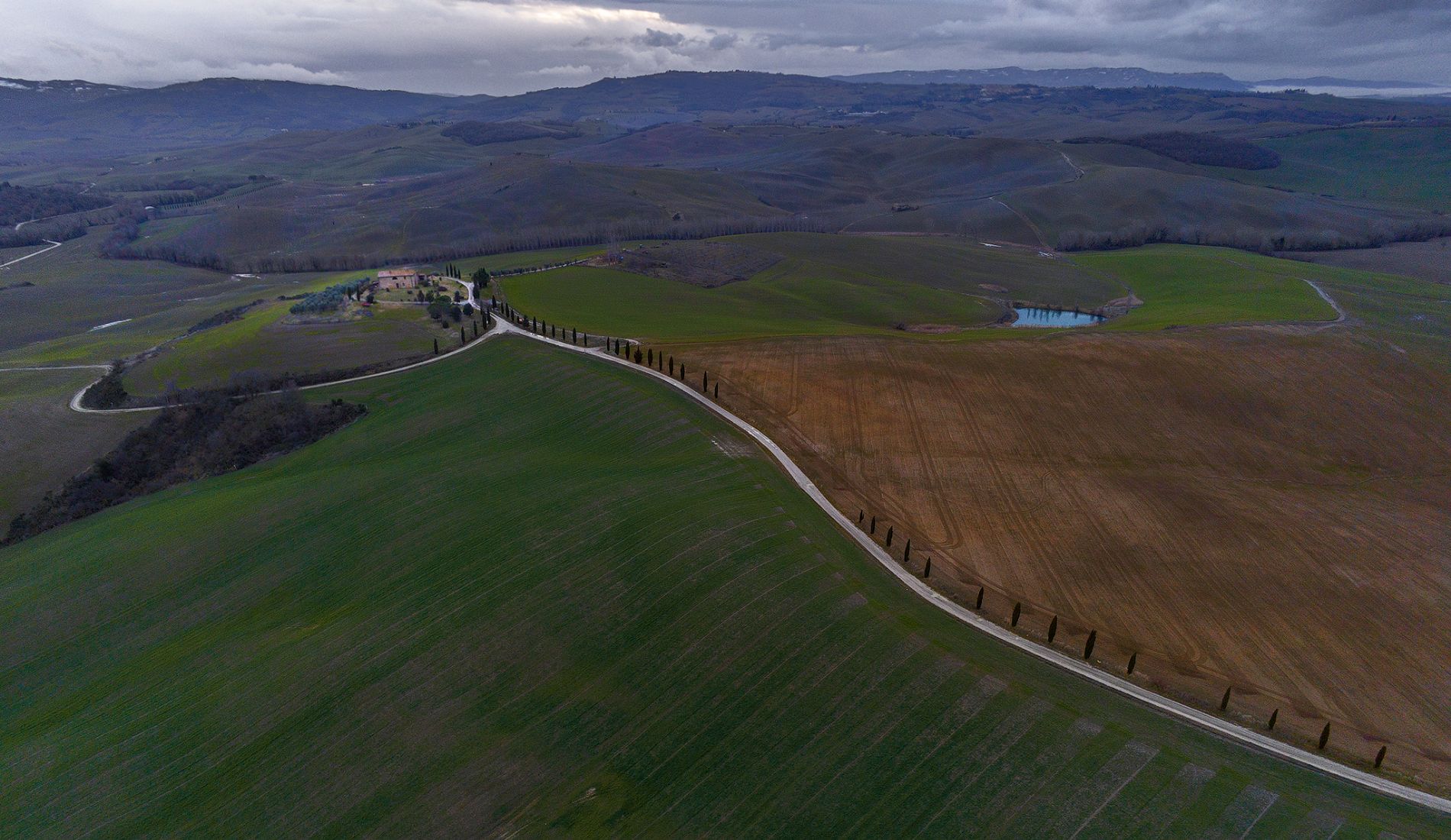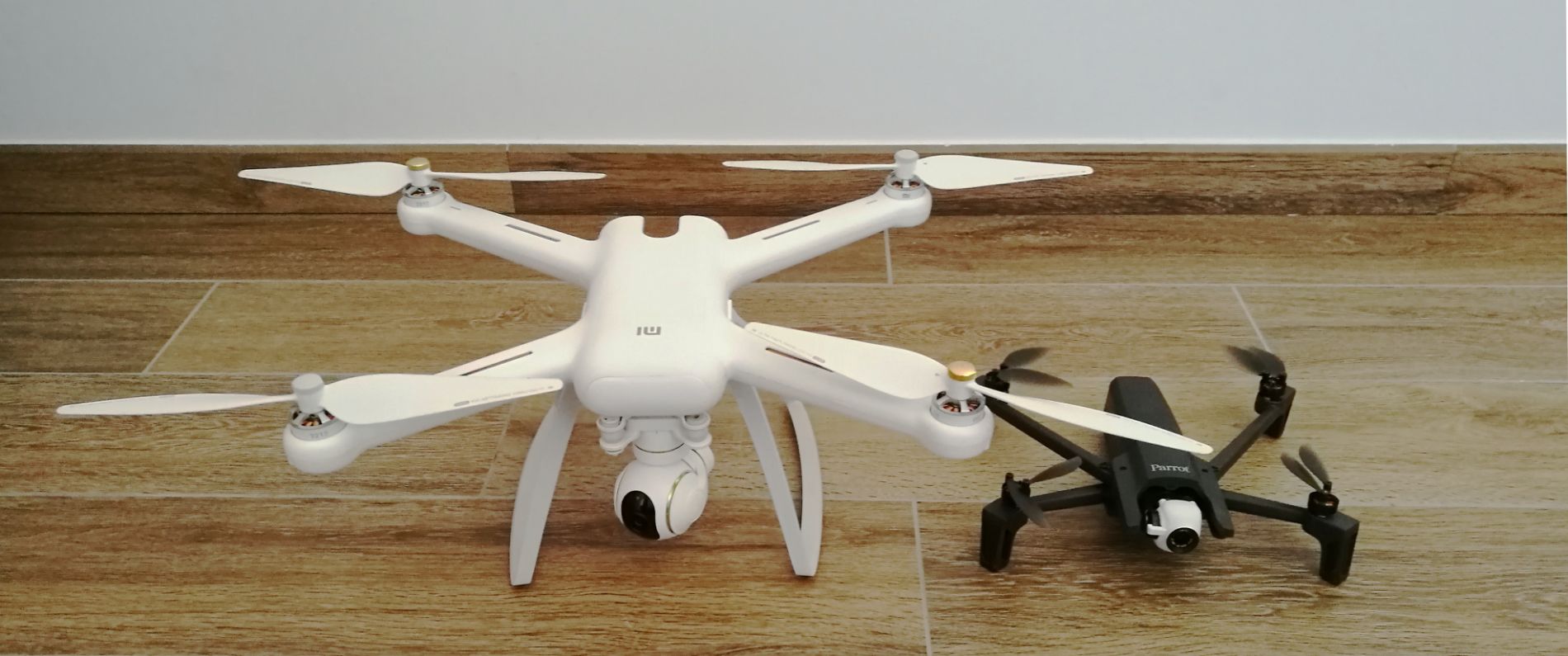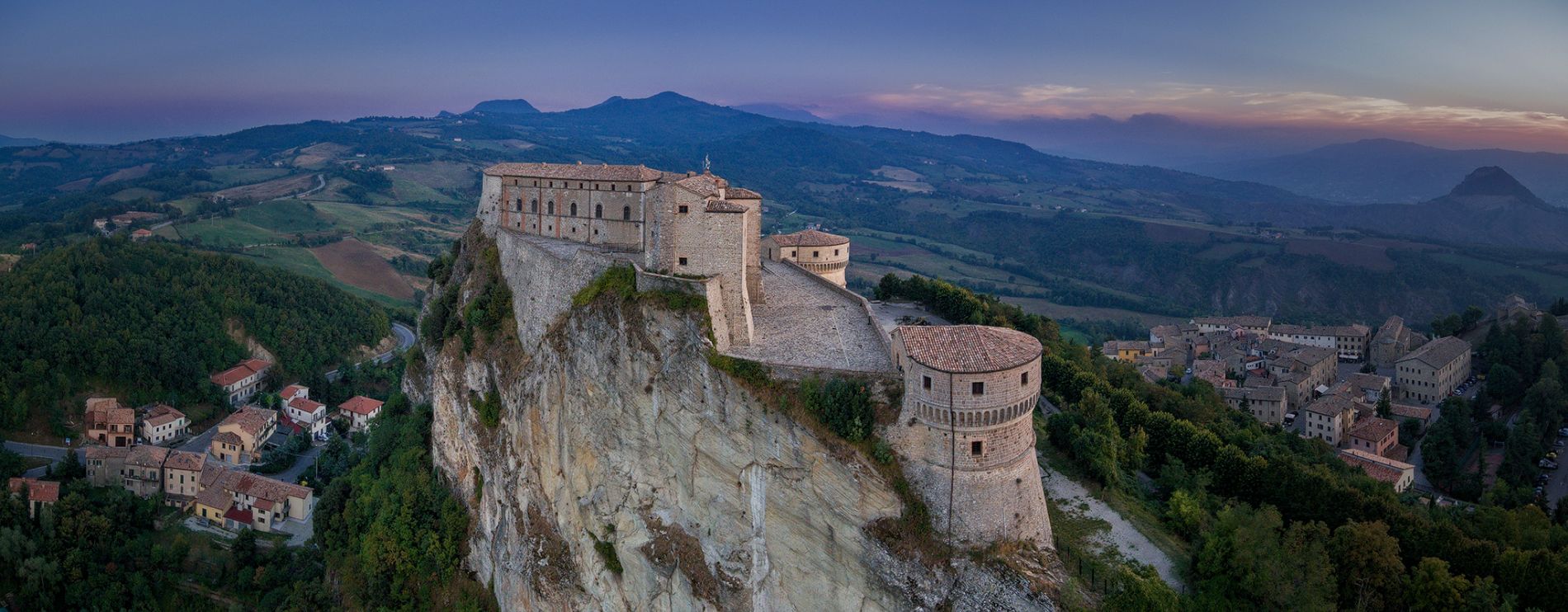Drone photography - a different view
In a photography world where creativity and new ideas seem to be over, drone photography can be a great way to change our mindset
Probably one of the most challenging thing of Photography is the ability to keep a creative mind; in fact, today it is quite hard to imagine to find a great yet unknown location..
Every inch of Mother Earth has been already photographed, and then shared over the internet!
Nowadays... to get back with something different is not an easy task at all...
Changing perspective
There are many ways to challenge our creativity: I bet that most of you, at the beginning of your photographic adventure, tried some "games".. For example, go out with a single prime lens, or force to shot from a very low position... or again, try and look for particular shapes.
All of these tricks are great to force us to improve our creativity, and to see the things in a different way.
But as your experience as photographer grows, one of the most frustrating thing is not to be able to perfectly get your "ideal shot", because of problems in composition: sometimes you'd love to be a bit higher, in order to have the horizon line in the perfect place... Or maybe there is a perfect subject, but the ideal composition is 30 meters in the middle of the sea, or down there, over the cliff.
This is exactly what I love in drone photography: you are really free to get the shot you are figuring in your mind!
(well, it is not always true that you are 100% free: there are limitations, many of them are related to international flying laws, but the step in shooting freedom is really impressive!)

How to start your drone photography experience
Taking pictures with your drone can be really mesmerizing... You will experience a sort of freedom that hardly can be understood if never tried. As soon as you will get used to the fly, you will also start thinking in a completely different way (like a bird, let me say)... remember that this could be very addictive! ehehe
I am not a video maker guy, nor a v-logger... So I will not tell you about videos and so on. I will only try to give you a rough idea on how to start this new adventure of drone photography; probably, some suggestions will make you save some bucks and a lot of time.
Your first drone
If you are already a photographer (as I suppose), there are some features that are absolutely mandatory. Trust me, don't even start with something less, you will end up with something that you will change after 2 weeks (if you never ever flew a drone, see the last chapter).
* camera tilt & stabilization: it is absolutely mandatory to have a tilting camera. Useless to say, a camera with a fixed position prevents so many composition chances. If you can, look for a 3-axis stabilized gimbal (2-axis at minimum!): stabilization is mandatory, and enables you to take good pictures in low light too.
* good interface: if you want to take good shots, you definitely have to look for a drone that gives you a complete interface. Not all the vendors provide the user with the options we are used to: ISO control, shutter speed, bracketing, etc. But the most important thing (at least for me) is the ability to have the histogram displayed on the screen! This, because with the external light, probably you will not be able to correctly understand the exposure on your smartphone. Last but not least: check that images can be saved in RAW format!
For those of you that are curious, I started with a Xiaomi MI 4K drone. It was huge, heavy, not foldable.... With very big batteries... But the gimbal was extraordinary in stabilizing the image, the range was very good, and it was super resistant to the wind.
Now I use a Parrot Anafi, that is incredibly small, light (0.3kg!), with long-lasting batteries. But honestly the gimbal stabilization is not perfect, and the drone stability in case of strong wind is not so good.

What to expect
Once you will have your drone, you will have to change a bit your mentality. First of all, you will have to "fine tune" your expectations: unless you are using the state-of -the-art DJI Mavic Pro 2 (with the Hasselblad camera), the images you will get from the drone will not have the fantastic quality of your mid-range reflex (or mirrorless). Even with the Parrot Anafi, the camera quality will be more or less equal to the smartphone camera... this is because of the sensor size and dimensions: a 1/2.4'' sensor will produce DNG with noticeable noise, restricted dynamic range, etc.
Second point: remember what I always told about using filters to get the perfect shot right into the camera!? ok.. forget everything about it! With drones, the usage of filters is very limited: apart from NDs (that are used more for videos than for long exposures), the only photographic filter is the CPL. So you will miss (a lot, indeed) a graduated neutral density filter, to compensate for the bright light from the sky (that, with the drone, will appear even brighter than from the ground).
Apart from these disadvantage, believe me you will love your drone because of a simple point: you will end up in thinking as a bird! So many creative opportunities will open in front of you, and your mind will start to thing about perspectives, subjects and rules that were forbidden. You will not have a single excuse, to get the shot you really had in mind!
But pay attention!
"With great power comes great responsibility", said uncle Ben. Your drone is a great tool, and could be really addictive.. But remember: there are important safety rules to be followed!
Of course, I'm not speaking about "read the fucking manual": I mean all the regulations and European laws that must be followed when flying with a quad-copter.
At the moment of writing, the new European EASA regulation is under evaluation.. so expect many news in the next months.
In the meanwhile, remember some basic principles:
* do not fly over crowded places
* always check the flying maps (there are many apps or websites) against forbidden areas. In general, avoid national parks, industrial sites or sensitive targets, etc
* do not fly in bad weather conditions (strong wind, low clouds, etc)
* do not fly beyond visual sight (I know many guys can't wait to show how big they are flying over 2 miles away.. it is stupid, dangerous and forbidden!)
* check local laws before flying
Bonus chapter: learn to fly
If you never ever used a drone, probably it could be a good idea to start from something very cheap... just to learn the basis of the flight.
Many "drone fanatics" would tell you to start from a quadcopter without flying aids; they say that the right way to learn how to flight is to disable GPS and barometer helps: if you are able to pilot a drone in such condition, then you are a good pilot. The problem is that many high-end drones has such sensors (and even more), and it is not possible to disable them.
If you really want to learn how to fly a quadcopter without aids, take into account the good ol' MJX Bugs 2
This drone is quite cheap, has GPS and barometer, but you can disable them: this way you can feel the thrill of flying a quadricopter in "dangerous" conditions.
If you never played with a drone, consider it as a small intermediate step just to start... Believe me, it is not a good moment when you loose your GPS connection (or the first person view on the app) and you do have to fly back at home!











